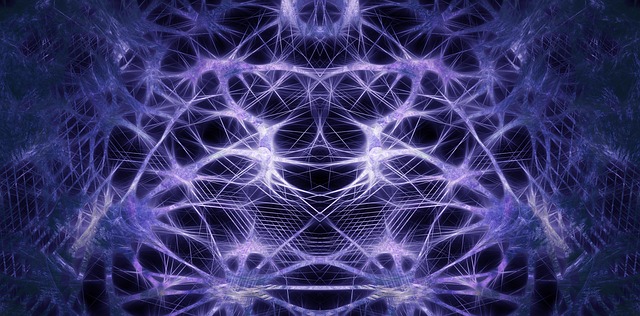
Back in 2013, research done at the University of Cambridge in the U.K. by Prof. Giovanna Mallucci and her team hit the limelight when they discovered a substance that could halt the unfolded protein response in mice with prion disease.
Prion disease occurs when prion proteins become abnormal and cluster in the brain, resulting in brain damage and all kinds of neurodegenerative disorders including Alzheimer’s, Huntington’s and Parkinson’s disease. As part of the brain’s defense mechanism, unfolded protein response inhibits new protein production in brain cells to prevent build-up of harmful viral proteins. When over-activated – like in the brains of patients afflicted with Alzheimer’s, frontotemporal dementia (FTD) and Parkinson’s — this defense mechanism becomes counter-productive as it eventually starves and kills brain cells. Depending on the type of disease, this can lead to impaired movement, memory loss, and in the extreme case – death.
While the experimental drug was successful in reactivating brain cell protein production and stopping brain cell death, testing it on humans could not be done because the drug had a damaging effect on the pancreas.
Four years later, Prof. Mallucci is back in the limelight as a research team she is heading at the Medical Research Council (MRC) in the United Kingdom has identified two new compounds that successfully prevented brain cell death, minus any major side effects.
The first compound is a licensed antidepressant drug (trazodone hydrochloride) while the second compound (licorice-derived dibenzoylmethane or DBM) is presently being tested as an anti-cancer drug. Both compounds were able to stop brain cell death, decrease brain shrinkage and restore memory in mouse models of prion disease and FTD.
Before the team zeroed in on trazodone and DBM, they tested over 1,000 compounds on roundworms based on the working theory that these nematodes have a functional nervous system, which make them viable subjects for screening drugs that might work in mammals.
They narrowed down the list to compounds that showed potential capability of reactivating brain cell protein production in mouse models of neurodegenerative disease. Then they tested the compounds on mouse models of prion disease and FTD. The winning compounds turned out to be trazodone and DBM.
In mouse models of prion disease, both trazodone and DBM restarted protein production, thereby inhibiting brain cell death. In mouse models of FTD, both drugs restored memory function. In either mouse models, the drugs resulted in reduced brain shrinkage, which is one of the telltale signs of neurodegenerative disease. Even more significantly, neither of the drugs resulted in any toxic side effects.
The team believes that their findings could be the precursor to developing treatments for neurodegenerative diseases. Of course, clinical tests would have to be conducted to determine the safety and effectivity of the drugs for human use. But the fact that one of the drugs — trazodone — is already being used as a licensed treatment could help accelerate the process. The team is looking at a timeline of 2 – 3 years.
The findings were recently reported in the journal Brain.
- Bulenox: Get 45% to 91% OFF ... Use Discount Code: UNO
- Risk Our Money Not Yours | Get 50% to 90% OFF ... Use Discount Code: MMBVBKSM
Disclaimer: This page contains affiliate links. If you choose to make a purchase after clicking a link, we may receive a commission at no additional cost to you. Thank you for your support!

Leave a Reply